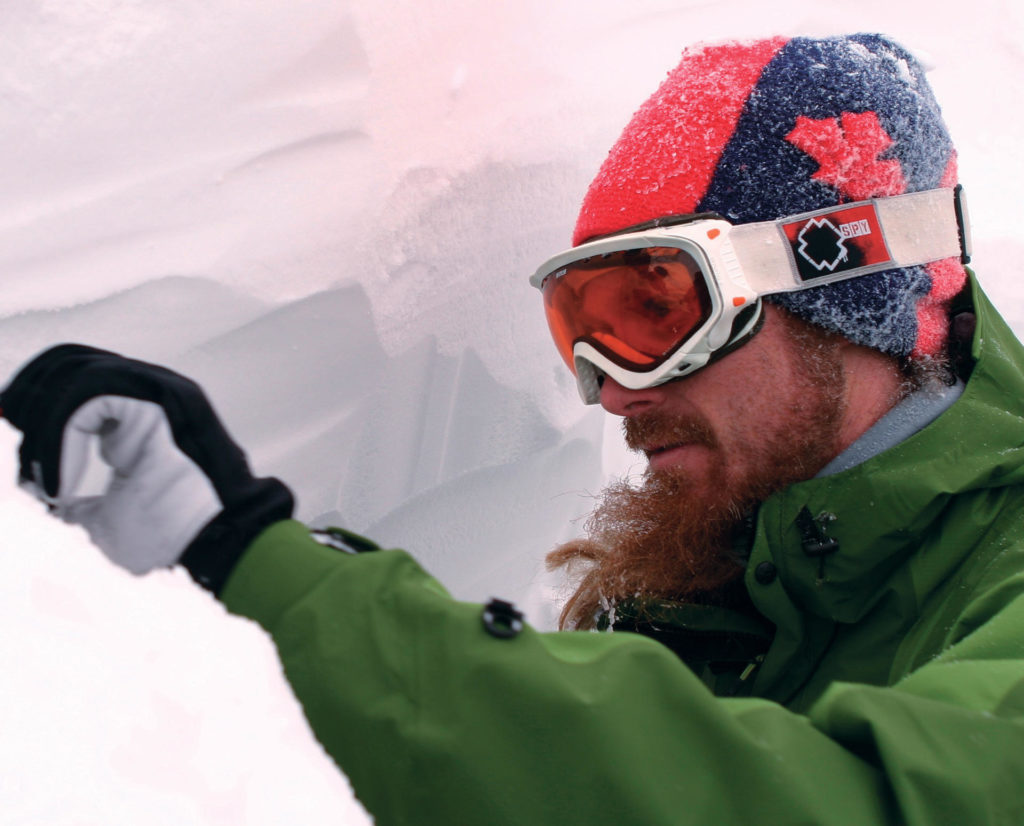I received the call early in the morning on New Year’s Eve. I was in shock but could hear the voice on the other end saying the words “caught in an avalanche,” “found semi-buried at the surface,” “broken bones,” “loss of feeling and movement in both legs…presently on route via helicopter to the Matsumoto General Hospital.”
My mind was rushing with anxiety and questions, but I was at a loss for words: “Is he going to be OK?” “Will he survive?” “What can I do for him now? I must call his parents!” “How did this happen?” “Why did this happen to one of my close friends?”
The 2005-2006 winter season turned out to have Japan’s highest number of avalanches, and avalanche deaths (17 in the backcountry alone) in recent history. The snowfall over the month of December was the most in 80 years and, on top of that, it was a season of varying weather extremes, creating multiple weak layers within the snow pack.
This meant that we, as backcountry enthusiasts, had to make better informed decisions when traveling outside the ski resorts. The cause of the high fatalities in the mountains of Japan last season was not purely the weather; the large increase in backcountry users heading into steeper more hazardous terrain was also significant.
Over the last decade, Japan has seen a sharp rise in the number of people heading into the mountains and out-of-bounds areas at ski resorts for recreation. Why the increase? These areas are amazingly beautiful, and traveling in the dramatic landscape gives an unparalleled sense of challenge and satisfaction.
The media and gear companies also do their part in spurring the interest and the desire for people to experience these majestic but, at times, deadly places.
Recently there has also been greater emphasis of late by these same media and gear companies to take greater care interpreting these images and for personal responsibility when traveling into avalanche country.
Many books and informational articles have been published, such as Bruce Tremper’s, “Staying Alive in Avalanche Terrain.” Extreme ski and snowboard filmmakers such as Teton Gravity Research and Tree Top Productions have made avalanche awareness videos to supplement the often crazy lines the riders take in their films.
Outdoor gear companies, such as The North Face, Haglofs and Sessions, are attaching avalanche awareness statements or booklets to their gear and inserting RECCO avalanche rescue reflectors. Some companies, such as the Canadian Survival on Snow and Mountain Equipment Co-op, are providing discounts on avalanche awareness courses with the purchase of their gear.
All of this will hopefully assist in reducing backcountry casualties.
In the end it really comes down to the individual to make the right decisions and to assess the amount of risk you are willing to take to produce that feeling of elation. As winter recreationalists, we need to arm ourselves with as much pertinent information as we can before heading into the mountains to enjoy the treasures to be found, but also to prepare ourselves for the worst.
My good friend went through two months of intensive care not knowing if he would ever walk again. He is now on his feet with the assistance of a cane and is still undergoing rehabilitation and training to get full motor skills back to his legs. All of his friends and family are extremely happy we did not lose him that day in the avalanche.
Dave Enright is a Canadian Avalanche Association instructor and teaches recreational avalanche courses as well as professional training courses in Japan. He is a senior instructor for the Japan Avalanche Network, a founding member of ACT (Avalanche Control Team, a non-profit organization concerned with avalanche training and rescue) and is also the director and chief guide of the Evergreen Outdoor Center in Hakuba. Web: www.evergreen-outdoors.com





